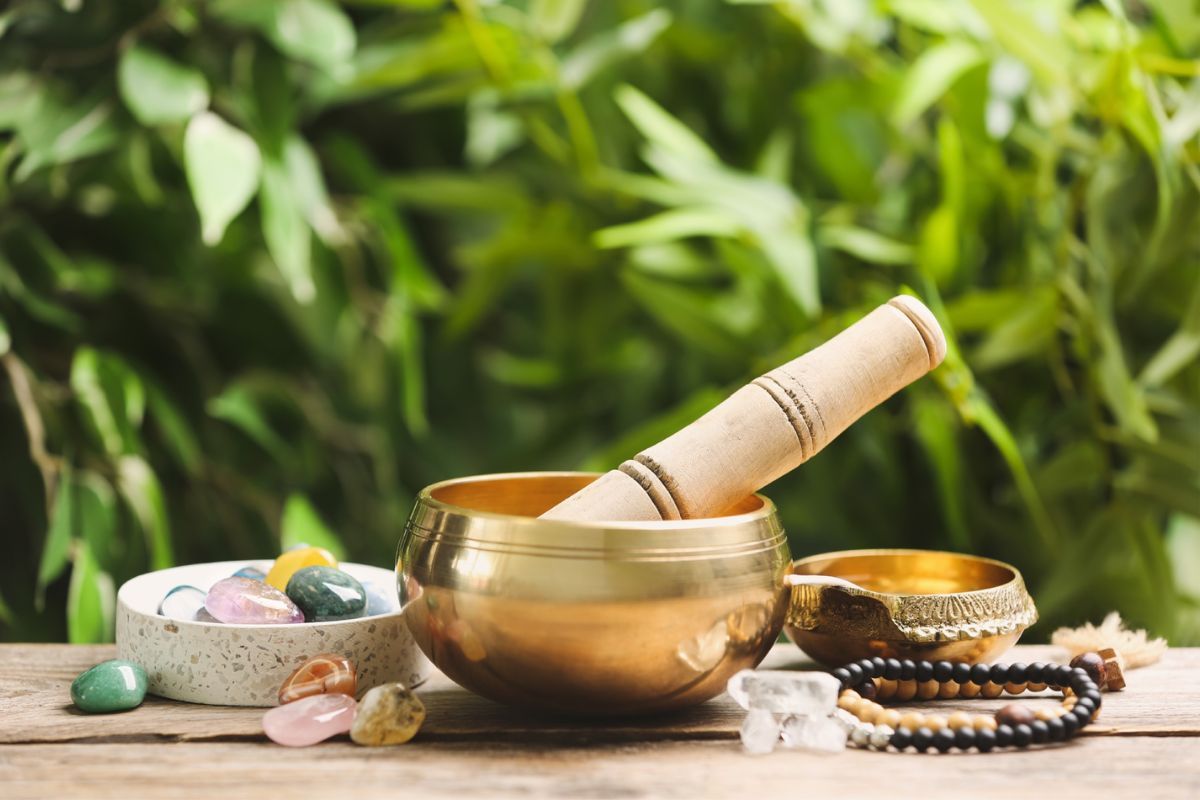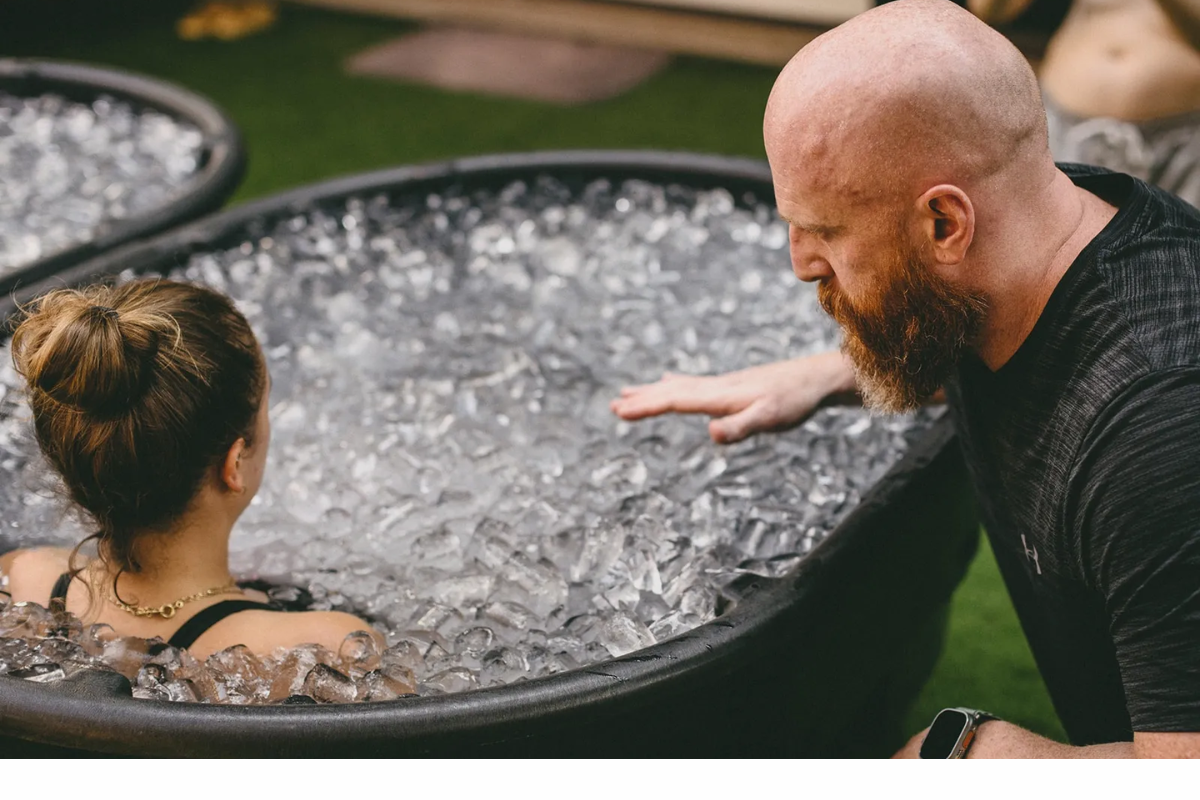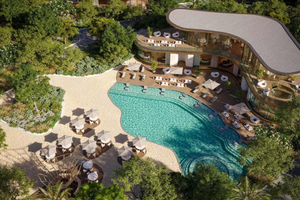Ice baths, a practice dating back centuries, have reemerged as a popular and accessible approach to holistic well-being. The concept is simple: immersing oneself in cold water for a brief period. Beyond the initial chill, ice baths are believed to bring about a range of benefits, from aiding physical recovery to promoting mental resilience. In this exploration, we delve into the world of ice baths, uncovering the potential advantages they offer and understanding why many are embracing this straightforward yet impactful wellness ritual.
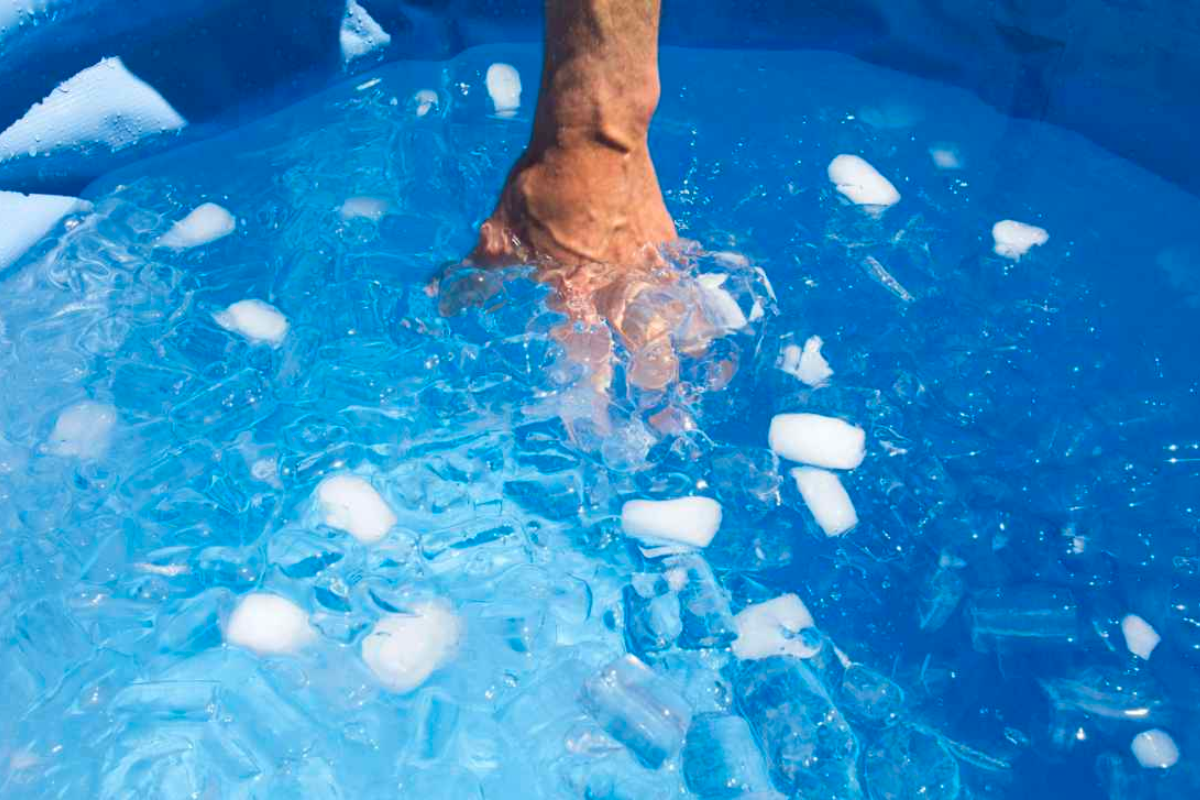
When you immerse yourself in an ice bath, the frigid water initiates a drop in both your body and skin temperatures. This temperature shift prompts your skin's blood vessels to constrict, directing blood toward your core in an effort to preserve warmth. Upon exiting the ice bath, the blood vessels undergo dilation, propelling oxygen- and nutrient-rich blood back into your body's various tissues, including the muscles. This orchestrated process holds the potential to alleviate inflammation, a common culprit behind pain and muscle soreness, such as the delayed onset of muscle soreness (DOMS) post-exercise.
Additionally, the act of submerging yourself in water induces hydrostatic pressure, applying a gentle force on your body. This pressure prompts the redirection of blood flow toward vital organs like the heart, brain, and lungs, ensuring these crucial systems receive an augmented supply of oxygen and nutrients. This dual impact of temperature modulation and hydrostatic pressure creates a dynamic environment that may contribute to the overall therapeutic effects of ice baths.
What do ice baths offer in terms of benefits?
Contemplating the idea of embracing an ice bath may lead to questions about its potential advantages and whether exposing your body to extreme cold is worthwhile.
Fortunately, there are indeed potential benefits associated with indulging in an ice bath, particularly for individuals engaged in regular workouts or those pursuing competitive athletic endeavors.
Pain Relief through Cold Water Therapy
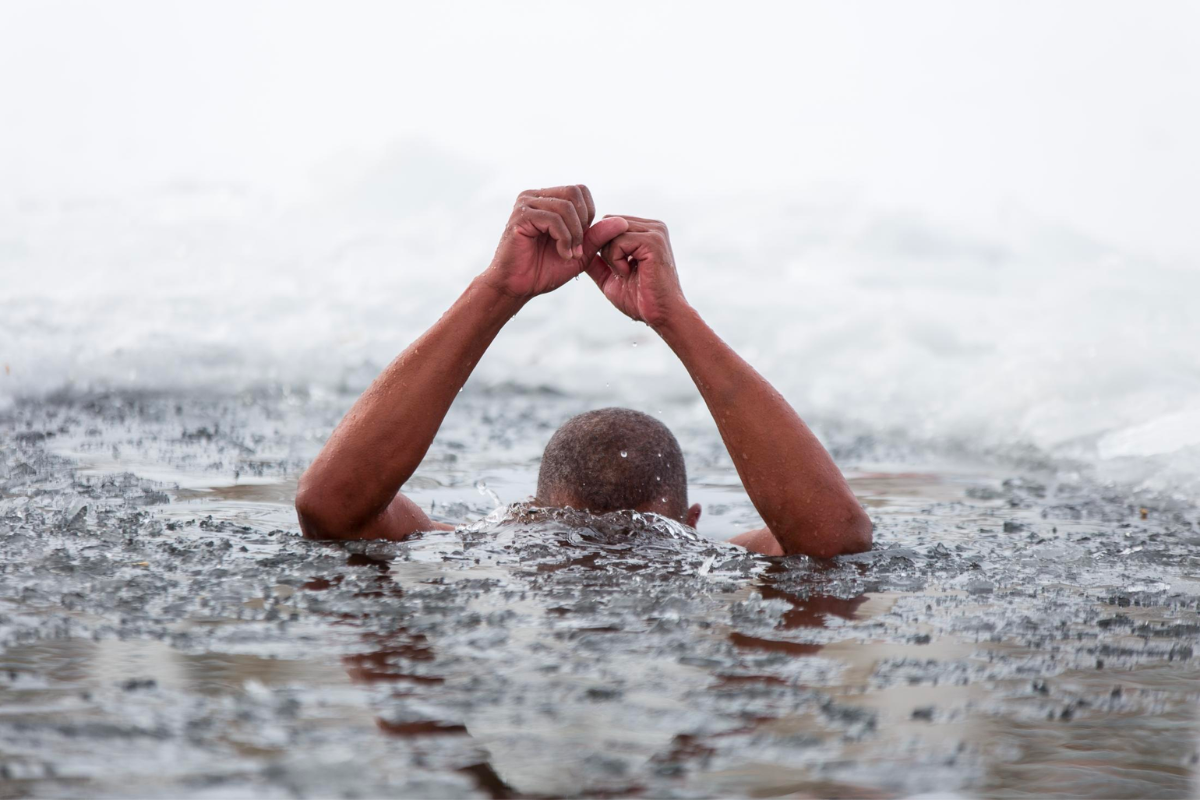
Cold water therapy offers potential health benefits by effectively lowering body temperature and enhancing circulation. Ice application is recognized for its ability to narrow blood vessels, reducing swelling, pain, and inflammation post-injury. Additionally, when cold water interacts with cold receptors on the skin, it triggers electrical impulses to the brain, resulting in a pain-reducing effect. Ice baths operate on a similar principle, constricting blood vessels, and upon exiting, the heightened blood circulation may contribute to diminished pain and inflammation.
Alleviating Muscle Soreness

Numerous studies indicate that cold-water immersion, when applied one hour after exercise, can significantly reduce muscle pain and enhance muscle recovery for up to 24 hours. However, it's worth noting that heat therapy yielded comparable results in certain instances. While some research supports the efficacy of cold water therapy in reducing post-workout muscle soreness, conflicting studies point to potential drawbacks such as reduced muscle mass and strength. The variability in methods, temperatures, and durations across these studies underscores the need for a nuanced understanding of cold-water immersion's impact on muscle health.
Mood Enhancement and Alertness
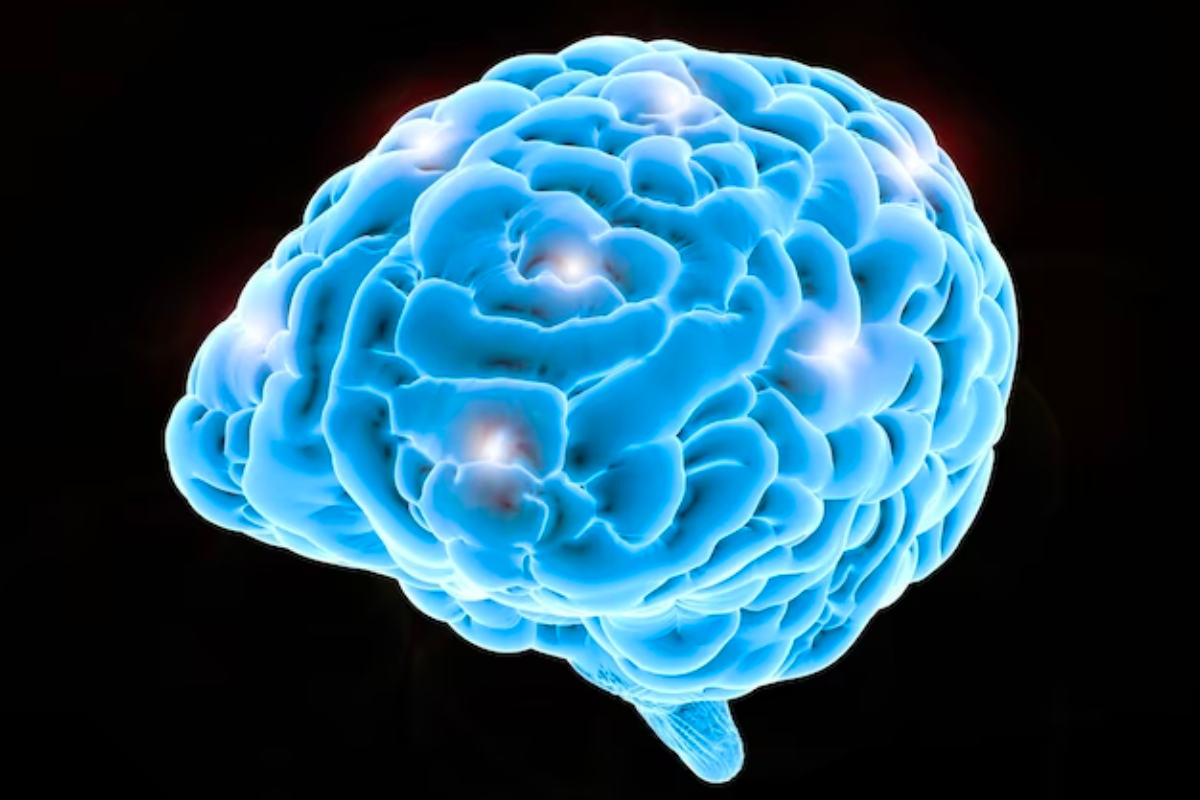
Exploring the psychological benefits, limited research suggests that cold-water immersion may positively influence mood. A recent study revealed that a 20-minute soak in 55-degree seawater led to significant improvements in self-esteem, along with decreased tension and anger. Similarly, a separate study demonstrated that just five minutes of immersion in 68-degree water contributed to heightened alertness, reduced nervousness, and lower stress levels. While these findings hint at the mood-boosting potential of cold water therapy, it's crucial to acknowledge the limited scale of these studies, each involving fewer than 50 participants and the need for further exploration in this domain.
Different ways you can expose yourself to Cold Water Therapy
While ice baths are a globally popular way of cold water therapy, it's not the only way. Fortunately, there's a broader spectrum of cold water therapies including ice baths that can suit every individual, let's take a deep dive:
Cold-Water Immersion Technique
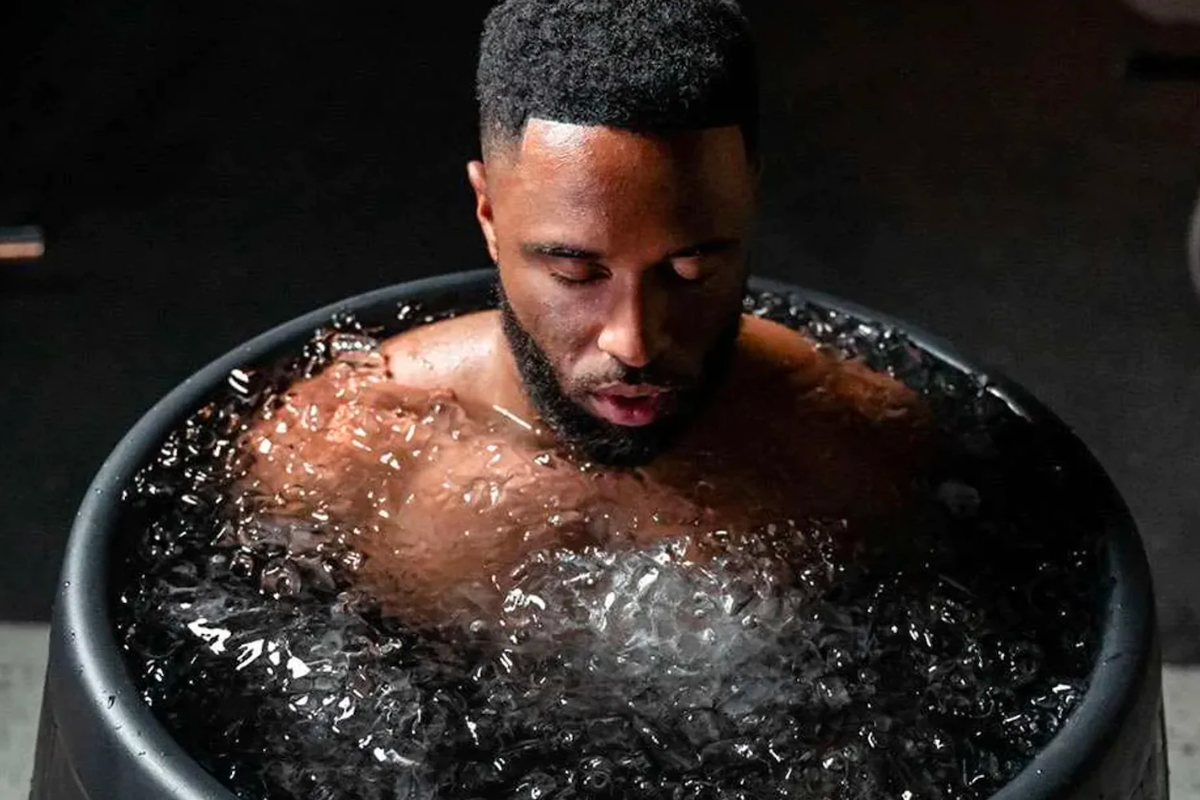
Cold-water immersion methods, such as ice baths and cold water plunges, entail immersing your body from the neck down in water ranging from 50 to 59 degrees for 5-15 minutes. Often sought after for reducing muscular pain and enhancing mood, these techniques offer a refreshing approach to well-being.
Cold Showers
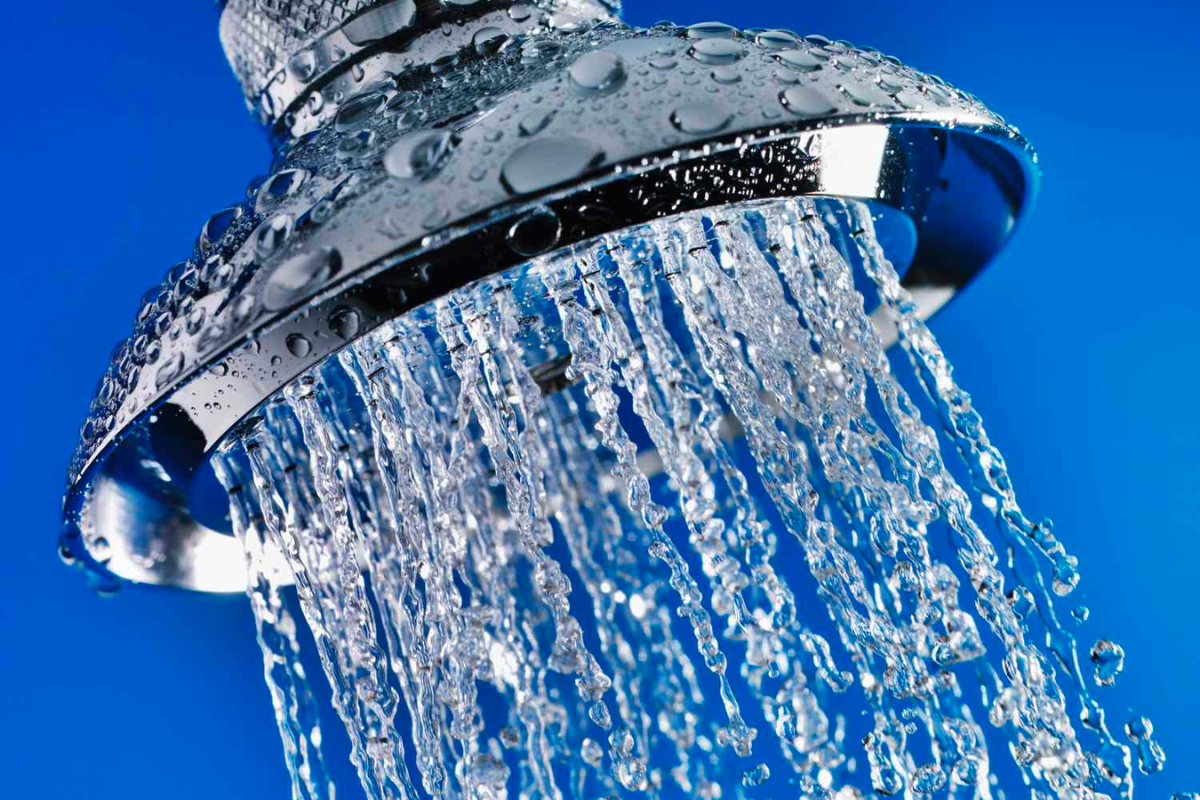
Taking a cold shower involves standing under the coldest water setting for 5-15 minutes, ideally maintaining a temperature range of 50-59 degrees. It is essentially another facet of cold-water immersion. For beginners in cold water therapy, a brief 30-second cold shower serves as a suitable starting point. Known for its capacity to boost alertness and mitigate inflammation, cold showers present a convenient and invigorating option.
Contrast Water Therapy
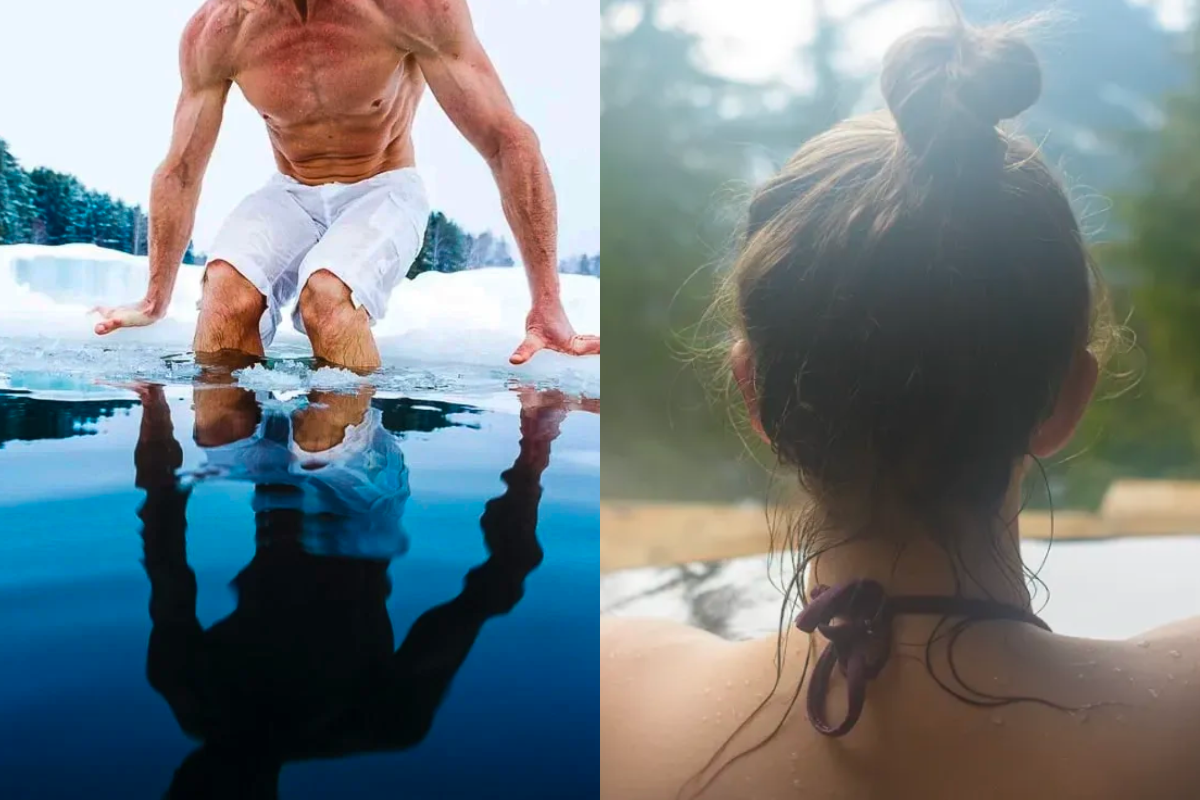
Contrast water therapy introduces the concept of alternating between cold and hot water immersion. Protocols for this therapy vary, with recommendations ranging from starting in hot water for 10 minutes and alternating between cold and hot water at different intervals. Commonly applied in sports and injury recovery, this technique often involves immersing the affected area, showcasing a dynamic approach to wellness.
The Wim Hof Method
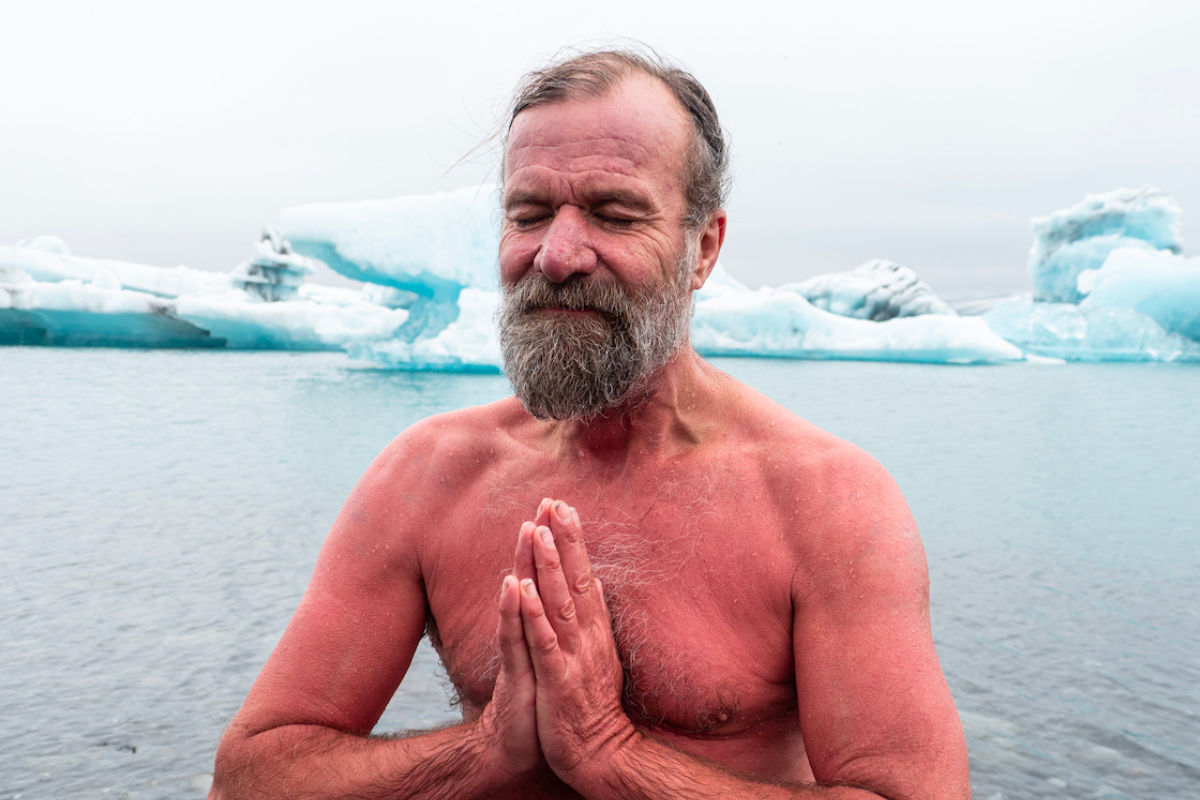
Crafted by Dutch athlete Wim Hof, the Wim Hof Method (WMH) comprises three core elements:
- Breathing exercises: Involving a specific pattern of hyperventilation followed by breath holds.
- Cold exposure: Encompassing cold showers, ice baths, and cold-water immersion.
- Meditation: Incorporating mind-body techniques like visualization to enhance self-awareness and willpower.
While the WMH potentially offers benefits such as a reduced stress response and improved cardiovascular function, the evidence supporting its effectiveness remains limited. The holistic approach of the Wim Hof Method invites exploration, though further research is needed to substantiate its claims.
Useful tips to keep in mind before taking the plunge
- Ice Bath Temperature Guidelines
According to Gardner, achieving an optimal ice bath temperature falls within the range of approximately 10–15°C or 50–59°F.
- Ice Bath Duration Caution
Extending your time in an ice bath beyond the recommended limit of 10 to 15 minutes can lead to unfavorable consequences. It's crucial to adhere to this timeframe to avoid potential drawbacks.
- Strategic Body Exposure
For the most effective blood vessel constriction, Gardner advises fully immersing your entire body in the ice bath. However, if you're just starting, consider exposing your feet and lower legs initially, gradually progressing toward immersing your chest as you become more accustomed.
- At-Home Ice Bath Tips
For those opting for at-home ice baths, Gardner suggests using a thermometer to achieve the desired temperature by carefully balancing the ice-to-water mixture. Adjustments can be made by adding ice if the temperature is too high or warmer water if it's too low.
- Optimal Timing
To maximize the benefits, Gardner recommends getting into an ice bath soon after a workout or competition. Waiting for an hour may diminish the potential positive effects as healing and inflammatory processes have already commenced or concluded.
- Hunter Reaction/Lewis Reaction Technique
Jey suggests an effective method for ice application on sore muscles known as the Hunters Reaction/Lewis Reaction. This involves a 10-10-10 format, with 10 minutes of icing, followed by 10 minutes without ice, and concluding with another 10 minutes of icing, creating a 20-minute physiological icing procedure.
- Cryotherapy Consideration
Full-body cryotherapy in office settings is an alternative for some. However, it comes at a cost, ranging from AED 150 to AED 500 per session.
- Short-Term Ice Bath Use
While the research on frequency is limited, experts advise caution. Acute bouts of cold-water immersion for quicker recovery might be acceptable, but chronic use should be approached with care to avoid potential drawbacks.
Here are a few spots in Dubai that offer great cold water therapy services:
Contrast, Golden Mile 6, Palm Jumeirah
Contrast's cold water therapy extends beyond merely addressing inflammation and fortifying the immune, lymphatic, circulatory, and digestive systems. Engaging in ice baths contributes to an elevated quality of life by infusing cold temperatures, uplifting your mood, optimizing sleep, and enhancing overall bodily efficiency.
Especially beneficial following a sauna session, contrast therapy becomes a key player in promoting your well-being.
Contrast offers various options, including an infrared sauna, a traditional sauna, and the option to acquire your personal ice bath for home use.
To explore further details about this venue, click here.
Formation, Dubai Marina
As the city's first dedicated biohacking facility, Formation offers a variety of unique workouts and therapies, such as Cold HIIT (compression, cooling, and interval training), AI Biking with optional atmospheric training, detox compression, oxidative stress relief techniques, and ice baths.
With a focus on data-driven approaches to overall well-being, Formation addresses both physical and mental health concerns, organizing community events like Wim Hof sessions and specialized programs for sports recovery and cellular health.
To explore further details about this venue, click here.
Samadhi Wellness, Jumeirah
Samadhi Wellness, located in Dubai, stands out as a sophisticated and visually pleasing wellness center, drawing inspiration from the four natural elements. This elegant space offers a holistic experience, providing not only diverse yoga classes but also complimentary access to amenities like an ice bath, sauna, and a charming outdoor pool. With offerings ranging from hot infrared yoga to outdoor sessions and prenatal classes, Samadhi Wellness ensures a comprehensive approach to relaxation and rejuvenation.
The accompanying healthy café caters to various dietary preferences, particularly with a variety of vegan options, and the serene outdoor lounge provides an ideal setting for socializing with fellow yoga enthusiasts or enjoying a quiet moment of reading.
To explore further details about this venue, click here.
Endorphins Method, Al Manara Road
Formerly named CoolOutBreathIn, Endorphins Method offers rejuvenating ice baths led by life coach Benoit Demeulemeester. With a strong passion for wellness and extensive study of the Wim Hof method since 2019, Benoit guides group ice bath experiences that commence with breathing exercises and conclude with a sauna session and healthy snacks.
These sociable sessions provide an opportunity to step out of one's comfort zone and connect with like-minded individuals. Endorphins Method also organizes pop-up ice bath events on various Dubai beaches and occasional ones in Abu Dhabi.
To explore further details about this venue, click here.
In a nutshell, ice baths are more than just a cold plunge – they're a simple yet effective way to refresh and revitalize. Whether you're joining a group session led by a coach or trying it out as part of a wellness routine, the benefits extend beyond physical recovery. Ice baths bring people together, creating a shared experience that goes beyond the chill. With their straightforward approach, these cold dips are becoming increasingly popular as a practical and accessible component of overall well-being.
Cover image source: www.breathinspired.com
Also Read:
